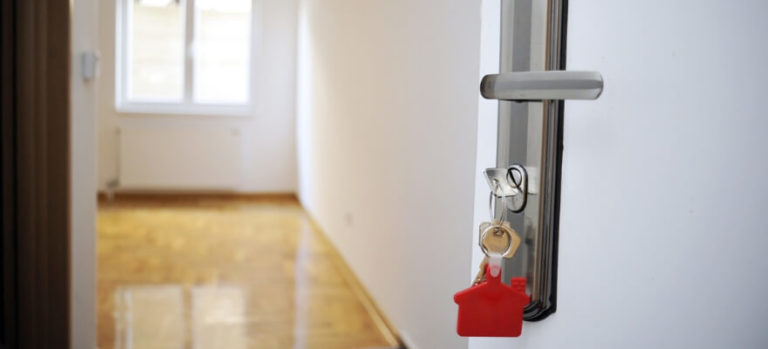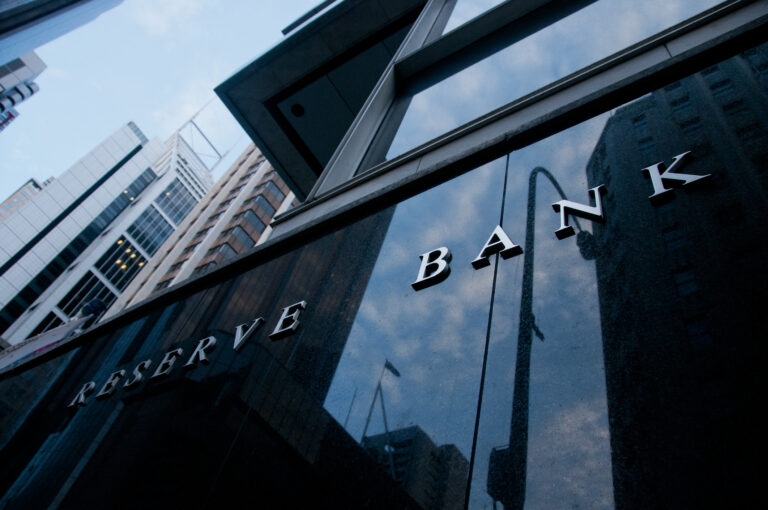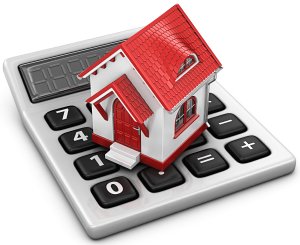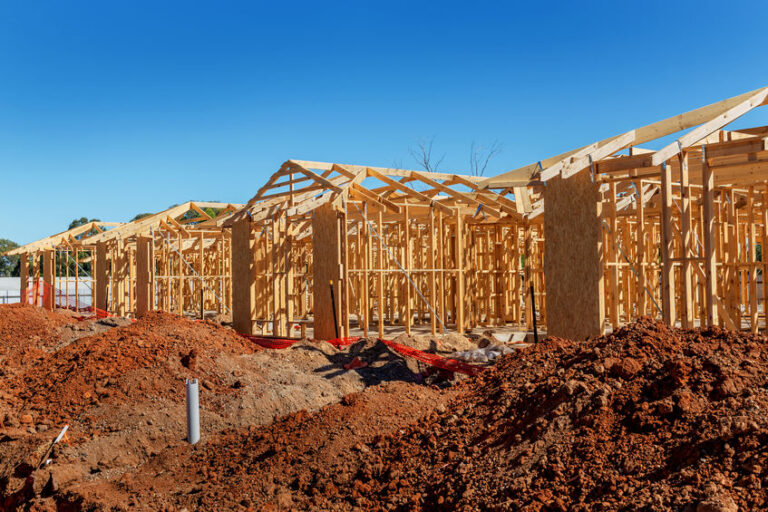Just like the rest of the world, the Australian economy is feeling the effects of the COVID-19 pandemic. A study reports that 1 in 6 Australian businesses (15%) have already been affected by the virus.
There has been a lot of uncertainty about the future of industries including real estate. The nationwide ban on social gatherings including open homes and property auctions is projected to cause a sharp impact on the property market. For vendors, this means delayed sales and a demand for innovative ways to reach out to potential buyers.
Unfortunately, many Australians will have difficulty paying their mortgage or their rent, so the government and other institutions are looking at ways to assist both tenants and landlords financially.
The National Cabinet, for instance, declared a temporary moratorium on evictions over the next six months for commercial and residential tenancies that are unable to meet payment obligations due to the threat of the virus.
Additionally, the Australian Banking Association announced that commercial landlords with loans of up to $10M can apply to have their loan repayments deferred for six months, as long as they do not evict tenants or terminate leases with outstanding balances due to COVID-19.
As the outbreak progresses, many landlords and property owners now face the challenge of ensuring their property’s future post-COVID-19.
When faced with a massive pandemic like this, having a recovery package in place not only safeguards everyone’s health, but also keeps property investments afloat for as long as possible.
Cash flow and financing
Keep in touch with your banker, financiers, and mortgage lender over the next couple of months. Be transparent with your stakeholders and let them know early on if you will be missing due dates or needing additional capital for operational and maintenance costs.
Review your property’s variable and fixed costs and determine how they will likely be impacted following a partial or complete shutdown of operations.
Identify other sources of potential funding. Qualifying for federal disaster relief or other public grants can ensure maximum funding is secured in a timely manner.
Insurance coverage
An annual policy review should include an assessment of the statement of values, since property values may need to be updated following any significant renovations.
Assess deductibles, exclusions, sub limits, and waiting periods, all of which can tremendously affect your level of financial recovery.
Identify risks that need to be further addressed and relieved due to changes in coverage that may have taken place following annual renewals.










